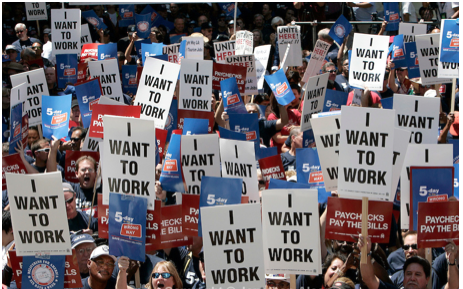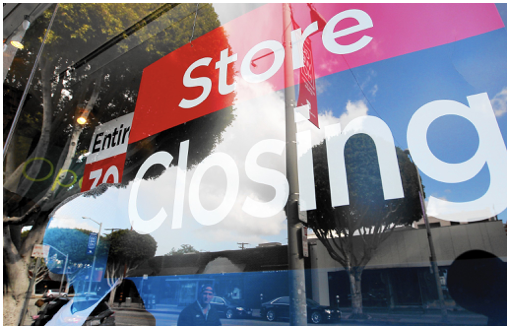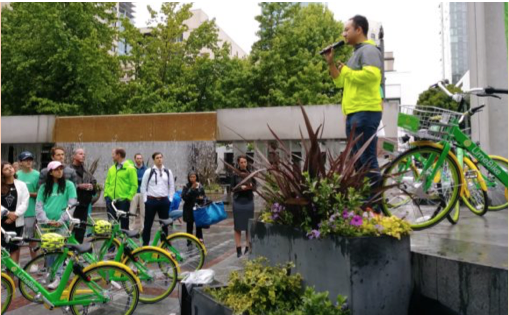Do We Really Have the Courage to Help Labor?
ALPERN ON LABOR--There are those of us who "Resist". There are those of us who want to "Make America Great Again". And then there are those who point to Neo-Nazis, ANTIFA, RINO's, DINO's, Globalists, and Social Justice Warriors (or a combination thereof) as the forces destroying the American Dream. But that Dream is ... what, now? And Labor's role is ... what, now?




































